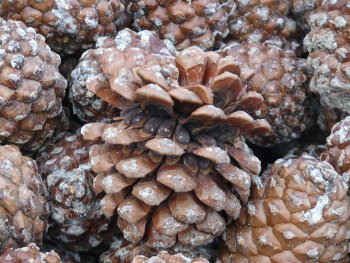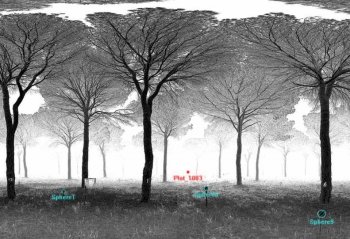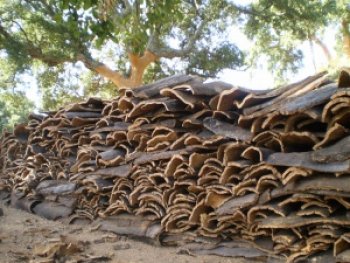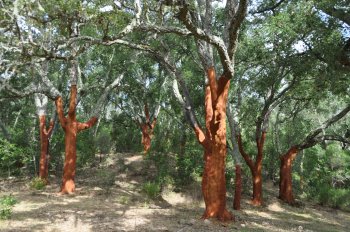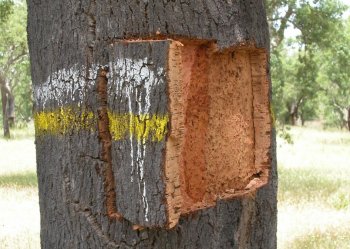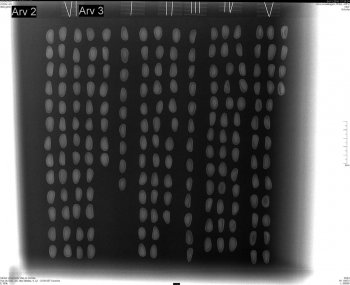Pine cone moisture and marketing
The objective was to evaluate the loss of moisture in pine cone during the storage after harvest, comparing the storage inside a warehouse or just under a shed. This information is intended to support the producer in deciding when to sell, at the beginning, during or at the end of the commercialization campaign, taking into account not only the market price / kg but also the weight loss of the pine cone due to the loss of moisture.

